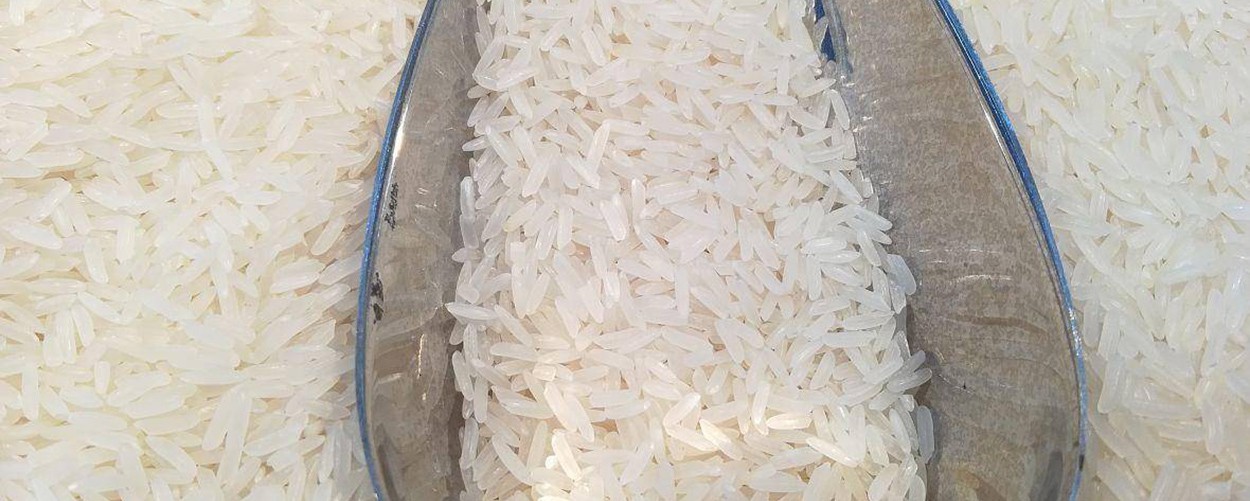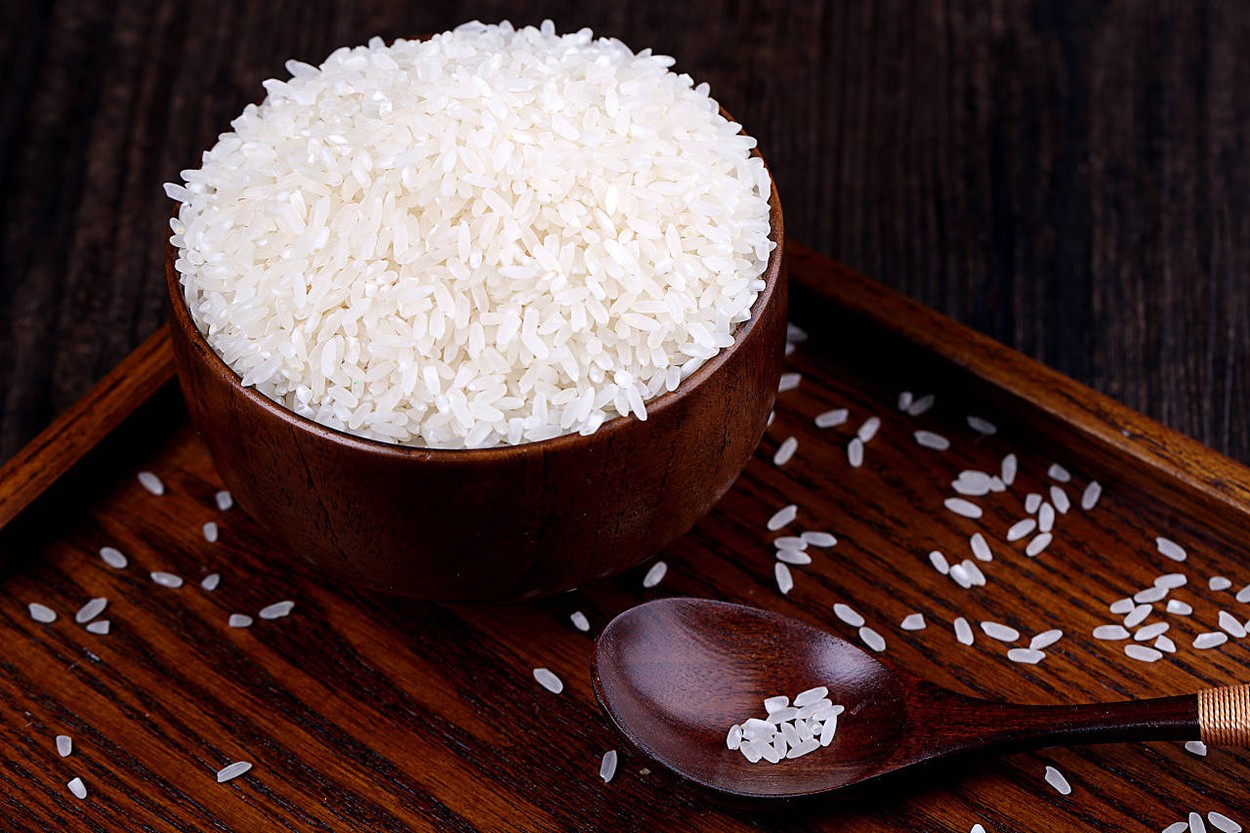The safety issues in the production and processing of animal protein have attracted widespread attention. Plant protein is superior to animal protein in terms of food safety. Plant-derived protein has become the focus of more and more health professionals. Rice protein, one of the plant-derived proteins, has received extensive attention in China due to its high nutritional value and low antigenicity. Why is rice protein so popular?

Low antigenicity of rice protein
The value of rice protein is mainly reflected in its low antigenicity, no pigment interference, soft and non-irritating taste, and high nutritional value. The low antigenicity of rice protein is an important feature that distinguishes it from other plant proteins. Many plant proteins contain anti-nutritional factors, such as soybeans and peanuts, which contain trypsin inhibitors and lectins that are harmful to the body. Soybeans, also contain flatulence factors (such as raffinose, stachyose, etc.). Some animal protein raw materials contain anti-nutritional factors such as β-lactoglobulin and some ovalbumin, etc., which may cause allergic or toxic reactions in users, especially newborns who are extremely sensitive to this. Rice protein does not contain similar allergenic factors, which is safe and reliable. Therefore, rice is the only grain that is exempt from allergy experiments.

The high biological value of rice protein
The amino acid composition of rice protein is reasonably balanced, which is very close to the ideal model recommended by WHO/FAO. It is rich in essential amino acids for the body, especially lysine content is higher than other cereals. Compared with ideal protein, lysine, isoleucine, and threonine are slightly insufficient, but compared with wheat protein, except for isoleucine, it is rich in various essential amino acids and has high nutritional value. It is close to ideal protein compared to wheat protein. The biological value (BV) of rice protein is 77, which not only ranks first among various food crops (including soybean), but also can be compared with white fish (BV of 76), shrimp (BV of 77), and beef (BV). price 69) is comparable.

Rice Protein Nutritional Supplement
For infants with sensitive diarrhea, rice protein is widely used to develop high-protein hypoallergenic infant formula rice flour due to its low antigenicity and high nutritional value. In addition, in pet food, rice protein is also a good source of protein. Compared with soybean, it contains fewer anti-nutritional factors, which can reduce the flatulence of small animals and is conducive to the digestion and absorption of protein by small animals. The concentrate of rice gluten is used in aquatic feed. The insolubility of gluten keeps the water clear and has high digestibility, which can reduce the excretion of marine animals and reduce water pollution.

Rice protein functional peptide
Rice protease hydrolysate contains a variety of small molecular peptides with physiological activities, which have the activities of lowering blood pressure, anti-aging, anti-morphine, and immune regulation. Researchers from Japan's Minolta Cosmetics Co., Ltd. extracted a new type of polypeptide substance from the protein contained in rice - rice glue protein. This polypeptide substance can effectively inhibit the common skin aging phenomenon of middle-aged and elderly people such as skin wrinkles and sagging. Rice protein is a storage protein that exists in the distiller's grains, a by-product of rice wine processing. Rice peptides have certain medicinal and healthcare value and have the effects of inhibiting ACE, reducing hypertension, regulating human physiological functions, and preventing diseases. Enzymatic hydrolysis of rice protein can isolate flavor peptides with substituted sodium glutamate (MSG). Some protein feeds (rapeseed and cottonseed meals) have poor palatability. Adding glutamic acid peptides to the feed can effectively mask the bitterness, enhance the viscosity of the feed, and improve the palatability of the feed. Its application in animal husbandry can significantly improve animal nutrition. The feed intake rate and the source are safe and reliable, without toxic effects. If such peptides are chelated with mineral trace elements, the competition between mineral elements can also be reduced.

China is a big rice-producing country with abundant rice protein resources. The research, development, and utilization of rice protein not only provides a new type of plant protein resource, which is conducive to the deep processing and utilization of rice, and improves economic benefits, but also the small molecular peptides generated by enzymatically hydrolyzed rice protein also have many biological activities, which are useful for animal husbandry, The food industry and human nutrition and health care provide more supplements, which have broad application prospects.






